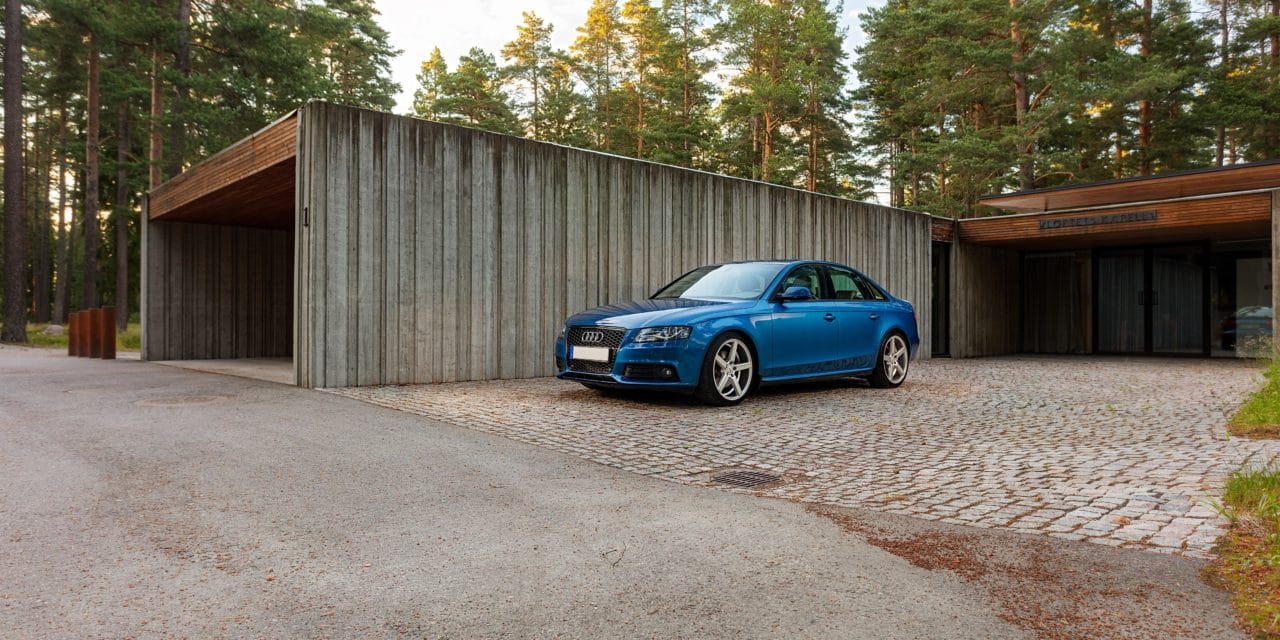[ad_1]
Nissan Engine Range for Nissan Skyline – RB20-RB24-RB25-RB26-RB30
The Nissan Skyline started the lifespan of the RB Engine line. The Technical Specifications for the Line are as follows:
- RB20-2 LITRE 1998CC, 78MM BORE, 69.7MM STROKE
- RB24-2.4 LITRE 2428CC, 86MM BORE, 69.7MM STROKE
- RB25-2.5 LITRE 2498CC, 86MM BORE, 71.7MM STROKE
- RB26-2.6 LITRE 2568CC, 86MM BORE, 73.7MM STROKE
- RB30-3.0 LITRE 2962CC, 86MM BORE, 85MM STROKE
Common letter designations across the range were:
- D-indicates double overhead cam (DOHC)
- E-indicates engine is fuel injected
- S-indicates engine is carburetted
- T-indicates engine came equipped with factory installed turbo charger
- TT-indicated engine came equipped with twin turbo chargers
The first of the RB20 engines came in the R31 Skyline in 1986. The first incarnations of these engines had two main variants. The earliest version was dual overhead cam using a NICS (Nissan Induction Control System), this was an injection system with twelve small intake runners, it included a butterfly system that divided the air intake ports for better low end performance. This system was later replaced with a system called ECCS (Electronically Concentrated Control System), this system replaced the twelve small runners in exchange for six larger ones although they still retained twelve ports on the cylinder head, these they divided with air splitter plates.
The different variations of the RB20 through the years were denoted by the addition of a letter code system.
- RB20E-denoted a single cam variant
- RB20ET- single cam turbocharged
- RB20DE-dual over head cam
- RB20DET-dual overhead cam turbocharged
- RB20P-another single cam variant
- RB20DET-R-dual overhead cam turbocharged
- RB20DE-NEO-dual overhead cam with improved low end torque designed to reduce fuel consumptions and lower emissions.
The RB24 was a very rare engine. It was mechanically made from different engine parts in the RB line. The block was from a RB25DE/DET, the cylinder head was from a RB30 and the crankshaft was from a RB20DE/DET with 34mm pistons. This engine was not injected but came with carburettors. This configuration allowed the engine to have essentially the same displacement as the RB25DE/DET but rev higher.
The RB25 engine was mass produced in four main forms:
- RB25DE-non turbo twin cam
- RB25DET-twin cam turbocharged
- RB25DE-NEO-non turbo twin cam
- RB25DET-NEO-twin cam turbocharged
From 1993, the RB25DE and RB25DET came equipped with NVCS (Nissan Variable Cam System) this allowed the engine to produce more torque and power at lower RPM ranges than was possible in previous versions. Other changes that were made were the addition of a revised electrical system, the turbo charger on the Rb25DET was changed from an aluminium compressor to a plastic one, the ignition system got an upgrade with the introduction of ignition coils with built in igniters, eliminating the need for a separate coil ignitor. Other changes during this time to the engine were revised engine ecu, new cam angle and throttle position sensors and a newly designed mass air flow meter. Mechanically the engines were identical in series 1 and 2 engines.
The RB26DETT engine was produced throughout 1989-2002 primarily for the Nissan Skyline GT-R. The intake for the RB26DETT varies from the other RB series engines because it uses six individual throttle bodies instead of a single throttle body. It also uses a twin turbo system run in parallel. Both turbo chargers are of equal size and the wastegate is set to limit boost to pressure to 10psi. this engine is known for its strength and power potential. It is not unheard of to see people get 600hp from these engines without any modifications to the internals. Also from a reliability standpoint, these engines regularly hit 100,000 miles and even 200,000 miles as long as it is serviced regularly.
RB26DETT engines produced before 1992 were found to have a common oiling problem. The surface where the crank meets the oil pump was machined slightly too small, this eventually leads to an oil starvation problem and oil pump failure at higher RPM's. Later versions of the engine fixed this problem and aftermarket performance part manufacturers make oil pump extension drives to eliminate this problem.
The RB30 engine came in the following configurations:
- RB30S- single cam carburetted
- RB30E- single cam fuel injected
- RB30ET-fuel injected single cam turbo charged
The RB30DET engine was not actually produced by Nissan, the RB30DETT demarcation actually refers to a turbo charged engine which commonly had a engine block from a RB30E, this was mated to a Cylinder head from either a RB25DE, RB25DET or RB25DETT, RB20DE/DET heads were not used because of the difference in bore size.
You may be able to find slightly different variations of the above engines, these are commonly made by engine builders with a bit of know how in the field. These engines are used quite often when people are doing transplants into different vehicles and intend to use them for performance applications. The engines are powerful and dependable and are capable of generating huge amounts of horsepower when built correctly.
[ad_2]
Source by Wayne M Adams

